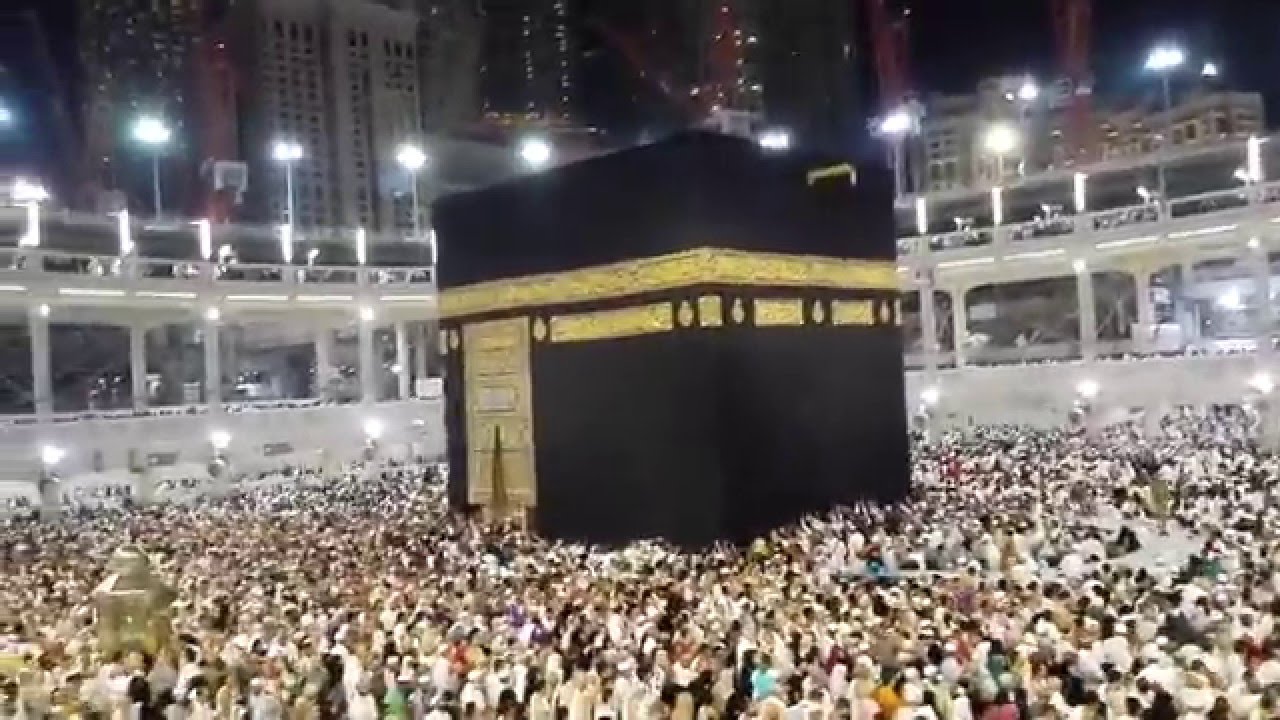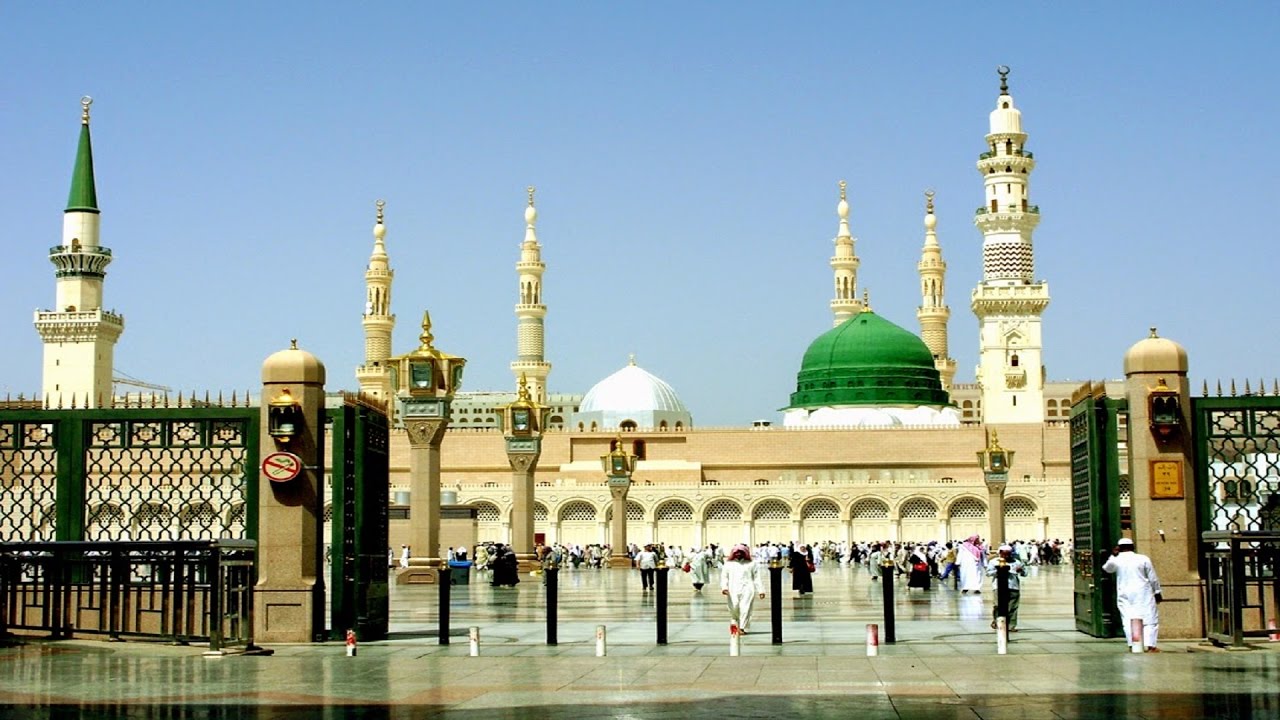Dars e Imam-Stone Marking
“Bismillahir Rahmannir Raheem””Al-Hamdu Lillaahi Rabbil ‘Aalameen was Salaatu was- Salaamu ‘Alaa Sayidinaa Muhammadin wa Aalihi wa Asabihi Ajma ‘een (tauheed- risalat- ahkirat and islam-iman-ihsan)
Imam Shafi(al Umm 1:277) said: “I have seen the governors who
demolished[tombs] in Mecca built inside the city, and I found no jurist who saw
therein a wrong decision. If it was a question of tombs on land owned by the
dead in their lifetime or bequeathed to their offspring, nothing that was built
on their part was destroyed. Only that which no one called his own was
demolished.The demolition took place so
that the space around the tomb would not be inaccessible to[other] people or
prevent others from being buried there, and to avoid people’s being harmpered.”
Imam Shafi then quotes this same hadith as proof for the validity of the
action of those authorities in destroying those structures in public
graveyards. Therefore, this hadith as understood by the early Imams is
regarding the issue of making space in public graveyards. And this would infact
apply to all structures built illegally over public property. But some of the later scholars have further
explained that this issue of making space in public graveyards do not apply to
the Prophets or friends of Allah because their bodies at many times do not
decay. Therefore, their graves will always be occupied and the issue of
vacating space do not apply to them.
So in this specific issue of making space, there is differences of
opinion and each locality should follow what is suitable to their location as
per what the legitimate authentic scholars see needed and not upon the whims of
the — who deem Muslims to be polytheists based on it.
Moreover, it should also be noted that Imam
Shafi, in the same quote above, does not apply this hadith to graves located in
private property and confirms that such structures were not destroyed by the
authorities. Therefore, this hadith cannot be applied to a private
property. Moreover, this saying of Imam Shafi rahimahullah also constitutes
another proof that the construction of
structures over graves was in practice by Muslims during the period of salaf
itself, who constitute the best generation of Muslims. Furthermore, Imam
Nawawi, known as the second Imam Shafi, relates in his Rawdat Talibeen(Kitab al
Wassiyat) that imarat(building) of the
graves of the ambiya,ulema and saliheen for the purpose of ziyarah and tabarruk
is Jaiz. While Ibn Hajr al Haythami in his Tuhfa and Imam Ramli in
Nihaya, similarily explains with
regards to wasiyyat, that it is a pious act to build a qubba or a mashhad over
the grave of ambiya, ulema and saliheen for purpose of facilitating ziyarah and
tabarruk.
Marking the graves with stones is a
Sunnah
Regarding the issue of marking the grave by placing stones over the grave, then
this is proven sunnah:
Narrated Al-Muttalib: When Uthman ibn Maz’un died, he was brought out on
his bier and buried. The Prophet ﷺ ordered a
man to bring him a stone, but he was unable to carry it. The Apostle of Allah ﷺ got up and going over to it rolled up his sleeves. [Abu Dawud,
Book 20, Number 3200]“
“Prophet cast
three handfuls of earth on the dead with both hands, that he sprinkled water on
the grave of his son Ibrahim, and that he put small pebbles on it.”[ Al-Tirmidhi
1708]
Narrated Al-Qasim ibn Muhammad ibn AbuBakr: I said to Aisha! Mother, show me
the grave of the Apostle of Allah ﷺ and his
two Companions (Allah be pleased with them). She showed me three graves which were neither high nor low, but were
spread with soft red pebbles in an open space. [Abu Dawud, Book 20,
Number 3214]
Moreover, coating the grave with material others than plaster, like clay is
permitted among the scholars, as admitted in the book “fiqh us
sunnah” (commonly used by misguided group) that “Some scholars have
approved daubing the grave with clay. Tirmidhi
said: “Some scholars, including Al-Hasan alBasri, hold it permissible to
coat the graves with clay.” Ash-Shafi’i is also of the same view
and sees no harm in giving the graves a coating of clay. Ja’far bin Muhammad
reported from his father: “The
grave of the Prophet ﷺ was raised one hand from the ground and was coated with red clay
and some gravel.” This was narrated by Abu Bakr An-Najjad.
The Dome of the rock, which is of the
oldest Islamic structure is under the threat of destruction, as such
structure constitutes a evil innovation as per the religion of –m. Next to the dome of the rock is the dome of
the Miraj, which is attributed to be the location from where the ascension to
heaven took place in the life of Prophet Muhammed ﷺ This form of constructing domes over such locations or giving it
any importance is by Wahhabi foundations a evil innovation that should be
destroyed and bulldozed due to fear of polytheism. The enemy’s of Islam have to
only give power to the followers of Wahhabi tradition inorder to destroy every
Islamic historical structure standing, including the dome of the rock.
Besides confronting the fact that, the grave of the blessed Prophet of Islam and two of his closest companions were buried within a structure from the very first day, they also have to deal with fact that other holy places or relics had domes constructed over it.
From among them is the maqam Ibrahim, which had a dome constructed
over it in the early periods of Islam. Umar radhiAllahu anhu was “the
first one who built a structure (maqsura) around it.” (Ibn Hajar in Fath
al-Bari, 8:169). Even today, there continues to be a structure in the form of a
gold casing over it. As per Wahhabi tradition and customs, this should be a
evil innovation that leads to polytheism, since in their logic Muslims would
start to worship the relic of the footmark of Prophet Ibrahim alaihi salaam,
when such a structure is built over it.
Waswas/parallel thoughts /on-off thoughts are from shaitan.
Negative/destructive thoughts are from nafs/self
Good and contructive thoughts are from Allah which cannot be avoided.
When I want to talk to allah I say prayers and when I want that he talk to me I recite quran- Hazrath Ali(ra)
Make sure you forward this to others .


